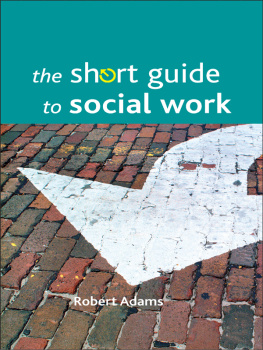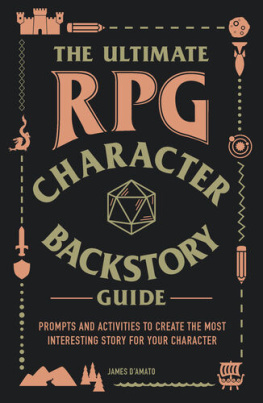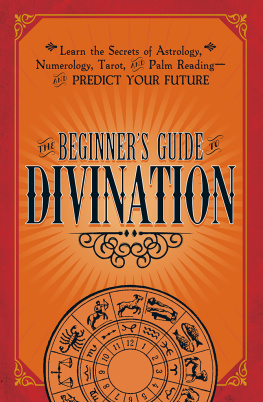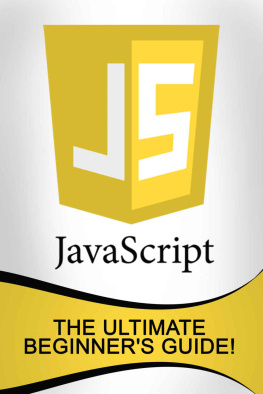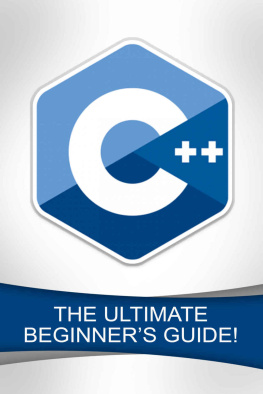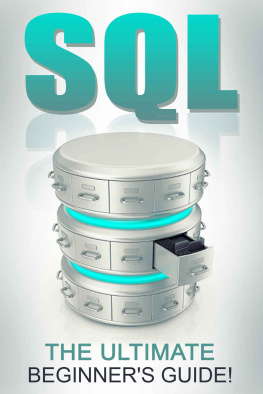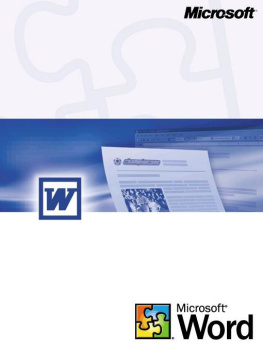Adams - SQL: The Ultimate Guide From Beginner To Expert - Learn And Master SQL In No Time! (2017 Edition)
Here you can read online Adams - SQL: The Ultimate Guide From Beginner To Expert - Learn And Master SQL In No Time! (2017 Edition) full text of the book (entire story) in english for free. Download pdf and epub, get meaning, cover and reviews about this ebook. year: 2016, publisher: UNKNOWN, genre: Home and family. Description of the work, (preface) as well as reviews are available. Best literature library LitArk.com created for fans of good reading and offers a wide selection of genres:
Romance novel
Science fiction
Adventure
Detective
Science
History
Home and family
Prose
Art
Politics
Computer
Non-fiction
Religion
Business
Children
Humor
Choose a favorite category and find really read worthwhile books. Enjoy immersion in the world of imagination, feel the emotions of the characters or learn something new for yourself, make an fascinating discovery.

- Book:SQL: The Ultimate Guide From Beginner To Expert - Learn And Master SQL In No Time! (2017 Edition)
- Author:
- Publisher:UNKNOWN
- Genre:
- Year:2016
- Rating:5 / 5
- Favourites:Add to favourites
- Your mark:
- 100
- 1
- 2
- 3
- 4
- 5
SQL: The Ultimate Guide From Beginner To Expert - Learn And Master SQL In No Time! (2017 Edition): summary, description and annotation
We offer to read an annotation, description, summary or preface (depends on what the author of the book "SQL: The Ultimate Guide From Beginner To Expert - Learn And Master SQL In No Time! (2017 Edition)" wrote himself). If you haven't found the necessary information about the book — write in the comments, we will try to find it.
Adams: author's other books
Who wrote SQL: The Ultimate Guide From Beginner To Expert - Learn And Master SQL In No Time! (2017 Edition)? Find out the surname, the name of the author of the book and a list of all author's works by series.
SQL: The Ultimate Guide From Beginner To Expert - Learn And Master SQL In No Time! (2017 Edition) — read online for free the complete book (whole text) full work
Below is the text of the book, divided by pages. System saving the place of the last page read, allows you to conveniently read the book "SQL: The Ultimate Guide From Beginner To Expert - Learn And Master SQL In No Time! (2017 Edition)" online for free, without having to search again every time where you left off. Put a bookmark, and you can go to the page where you finished reading at any time.
Font size:
Interval:
Bookmark:
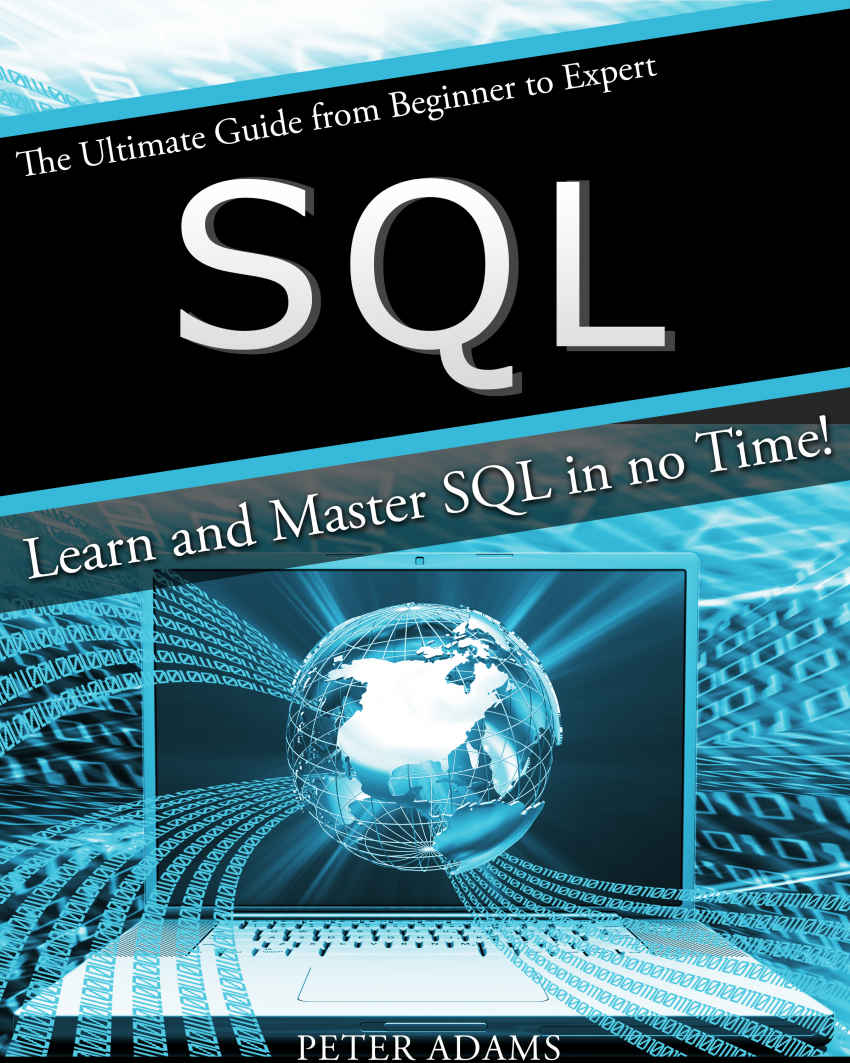
Copyright 2016 - All rights reserved. In no way is it legal to reproduce, duplicate, or transmit any part of this document in either electronic means or in printed format. Recording of this publication is strictly prohibited and any storage of this document is not allowed unless with written permission from the publisher. All rights reserved. The information provided herein is stated to be truthful and consistent, in that any liability, in terms of inattention or otherwise, by any usage or abuse of any policies, processes, or directions contained within is the solitary and utter responsibility of the recipient reader. Under no circumstances will any legal responsibility or blame be held against the publisher for any reparation, damages, or monetary loss due to the information herein, either directly or indirectly.
Respective authors own all copyrights not held by the publisher. Legal Notice: This book is copyright protected. This is only for personal use. You cannot amend, distribute, sell, use, quote or paraphrase any part or the content within this book without the consent of the author or copyright owner. Legal action will be pursued if this is breached. Disclaimer Notice: Please note the information contained within this document is for educational and entertainment purposes only.
Every attempt has been made to provide accurate, up to date and reliable complete information. No warranties of any kind are expressed or implied. Readers acknowledge that the author is not engaging in the rendering of legal, financial, medical or professional advice. By reading this document, the reader agrees that under no circumstances are we responsible for any losses, direct or indirect, which are incurred as a result of the use of information contained within this document, including, but not limited to, errors, omissions, or inaccuracies.
Introduction Chapter 1: SQL Basics Chapter 2: SQL and Data Chapter 3: Data Functions (Aggregate, Rowset, and Ranking) Chapter 4: Scalar Functions Chapter 5: Basics of Building a Table Using SQL Chapter 6: Recommendations Conclusion Works Cited
Introduction Congratulations on making it to the summary of the most interesting, knowledge filled, all-encompassing book on SQL available today. Not only will this book amaze you with the amount of knowledge and reference it provides, it will also guide you through the process of learning the language, functions, and statements involved in the process.
This ultimate guide to SQL will take you from beginner status to expert level by the time you reach the conclusion.
Chapter 1: SQL Basics SQL is something not known by a lot of people. Simply put, SQL is a standardized language used for accessing databases. You may be asking, what does the abbreviation SQL stand for? SQL is the abbreviation for Structured Query Language and is used to help you access databases, manipulate them, and is actually a required standard for the American National Standards Institute. SQL was historically, at one point, the most widely used database language. Contrary to the standards and regulations, adjustments still need to be made to the SQL language in order for it to translate and be accessible in different databases.
SQL has the capabilities to execute queries against a database, retrieve data, insert, update, and delete records. With SQL you can also create new databases, tables, stored procedures, and views while also setting permissions on tables, procedures, and views. As stated previously, SQL is a standard language but it has several different versions. Although these versions deviate slightly from each other, there remains a solid, consistent standard on major commands such as SELECT, UPDATE, INSERT, DELETE, and WHERE. In order to use SQL in your website, you need the four following things:
- An RDBMS database program (i.e. MS Access, SQL Server, MySQL)
- To use a server-side scripting language, like PHP or ASP
- To use SQL to get the data you want
- To use HTML / CSS
- SELECT - extracts data from a database
- UPDATE - updates data in a database
- DELETE - deletes data from a database
- INSERT INTO - inserts new data into a database
- CREATE DATABASE - creates a new database
- ALTER DATABASE - modifies a database
- CREATE TABLE - creates a new table
- ALTER TABLE - modifies a table
- DROP TABLE - deletes a table
- CREATE INDEX - creates an index (search key)
- DROP INDEX - deletes an index
A summary of the nine parts are as follows: Part 1 ISO/IEC 9075-1:2011 SQL/Framework, which offers logical concepts. Part 2 ISO/IEC 9075-2:2011 SQL/Foundation, includes central elements SQL. Part 3 ISO/IEC 9075-3:2008 SQL/Call-Level Interface (CLI), explains interfacing components, like procedures, structures and variable bindings for executing SQL statements in various coding languages, like COBOL and C++, for example. Part 4 ISO/IEC 9075-4:2011 SQL/Persistent Stored Modules (PSM), outlines standards for procedural extensions for SQL, including condition handling and the flow of control, as well as statement condition signals and resignals, and local variables and cursors. Assigns expressions to parameters and variables addresses the maintenance of persistent database language routines, like stored procedures. Part 9 ISO/IEC 9075-9:2008 SQL/Management of External Data (MED), includes extensions to SQL to define datalink types and foreign-data wrappers that enable SQL to manage external data.
External data is accessible, but not managed by an SQL-based DBMS. Part 10 ISO/IEC 9075-10:2008 SQL/Object Language Bindings (OLB), defines the semantics and syntax of SQLJ. SQLJ is the embedding of SQL into Java. The standard specifies mechanisms for the binary portability of SQLJ applications. It also defines several Java packages along with their contained classes. Part 11 ISO/IEC 9075-11:2011 SQL/Information and Definition Schemata, specifies the Information Schema and Definition Schema, offering tools to make SQL objects and databases self-describing.
Includes the SQL object identifier, security and authorization specifications, as well as the security and integrity constraints. Supports the features and packages of ISO/IEC 9075, as well as the features provided by SQL-based DBMS implementations. Part 13 ISO/IEC 9075-13:2008 ISO/IEC 9075-13:2008: SQL Routines and Types Using the Java Programming Language (JRT), Specifies the capacity to utilize Java classes as SQL structured user-defined types, as well as invoke static Java methods as routines from within an SQL application, known as Java in the Database. Part 14 ISO/IEC 9075-14:2011 SQL/XML-Related Specifications, defines SQL-based extensions when using XML with SQL. It outlines XML data types, routines and functions. (Who Is Hosting This?, 2016) Because there are so many things you need to know with SQL, this quick reference table will give you a great guide to look back on for different statements. (Stack Overflow, 2015) These statements are some of the most popular and the SQL statement and syntax are given.
| SQL Statement | Syntax |
| AND / OR | SELECT column_name(s) FROM table_name WHERE condition AND|OR condition |
| ALTER TABLE | ALTER TABLE table_name ADD column_name datatype or ALTER TABLE table_name DROP COLUMN column_name |
| AS (alias) |
Font size:
Interval:
Bookmark:
Similar books «SQL: The Ultimate Guide From Beginner To Expert - Learn And Master SQL In No Time! (2017 Edition)»
Look at similar books to SQL: The Ultimate Guide From Beginner To Expert - Learn And Master SQL In No Time! (2017 Edition). We have selected literature similar in name and meaning in the hope of providing readers with more options to find new, interesting, not yet read works.
Discussion, reviews of the book SQL: The Ultimate Guide From Beginner To Expert - Learn And Master SQL In No Time! (2017 Edition) and just readers' own opinions. Leave your comments, write what you think about the work, its meaning or the main characters. Specify what exactly you liked and what you didn't like, and why you think so.

